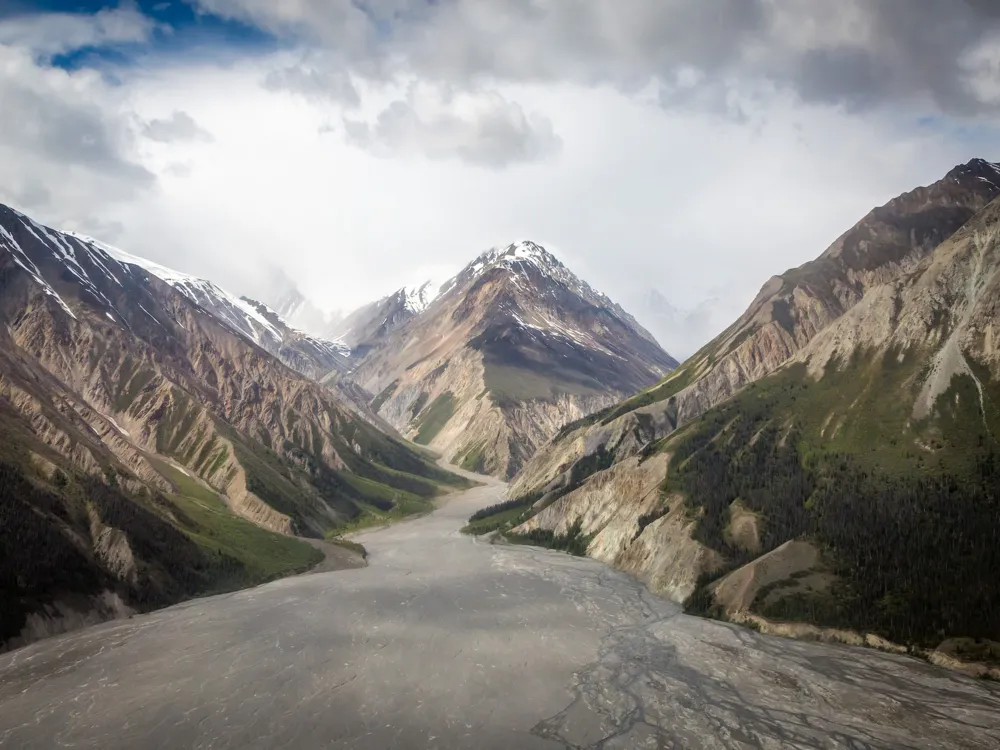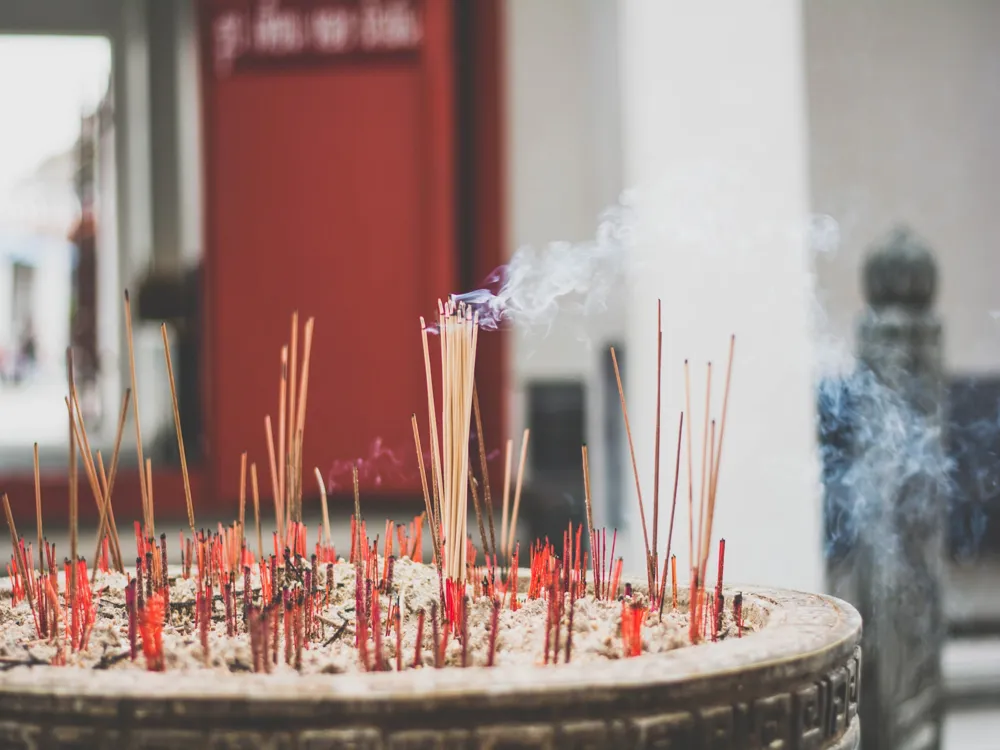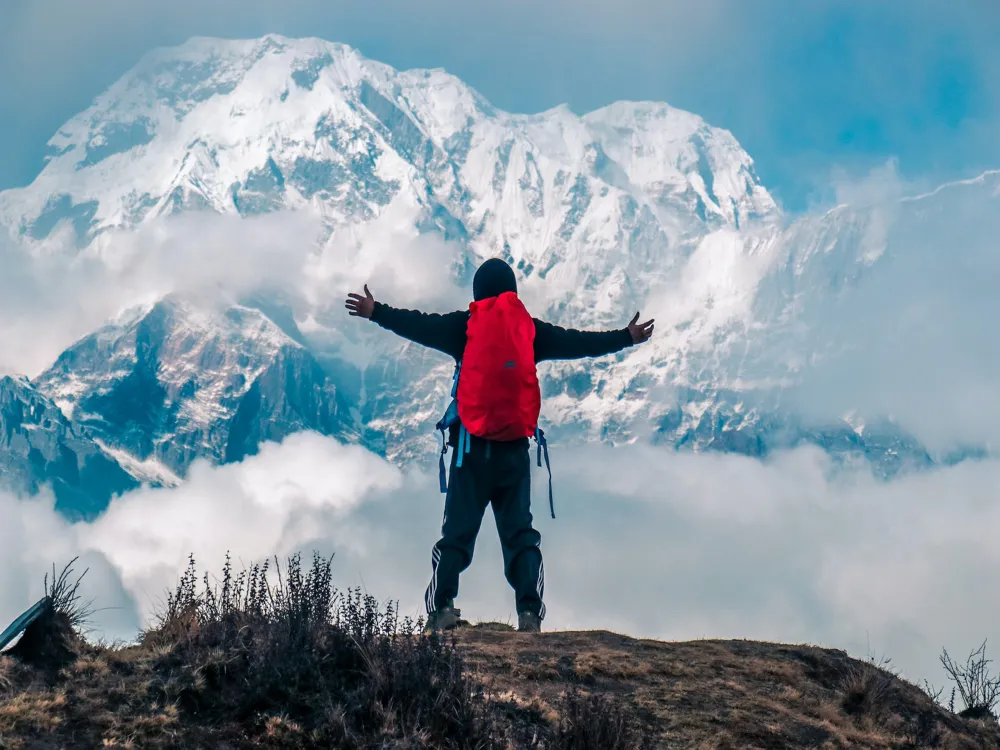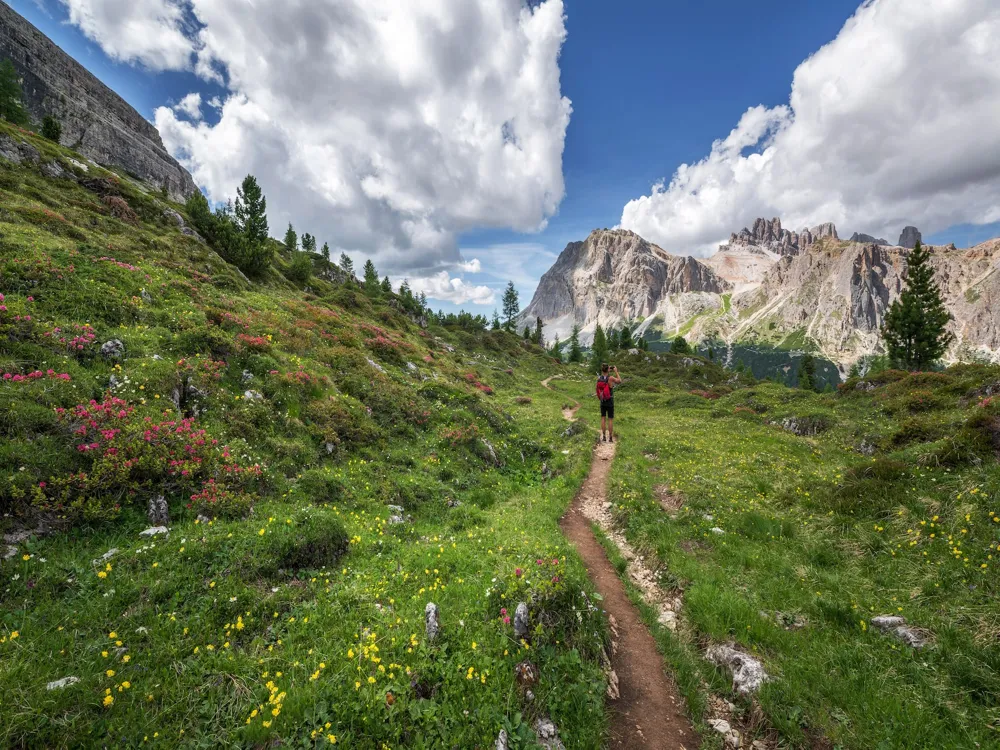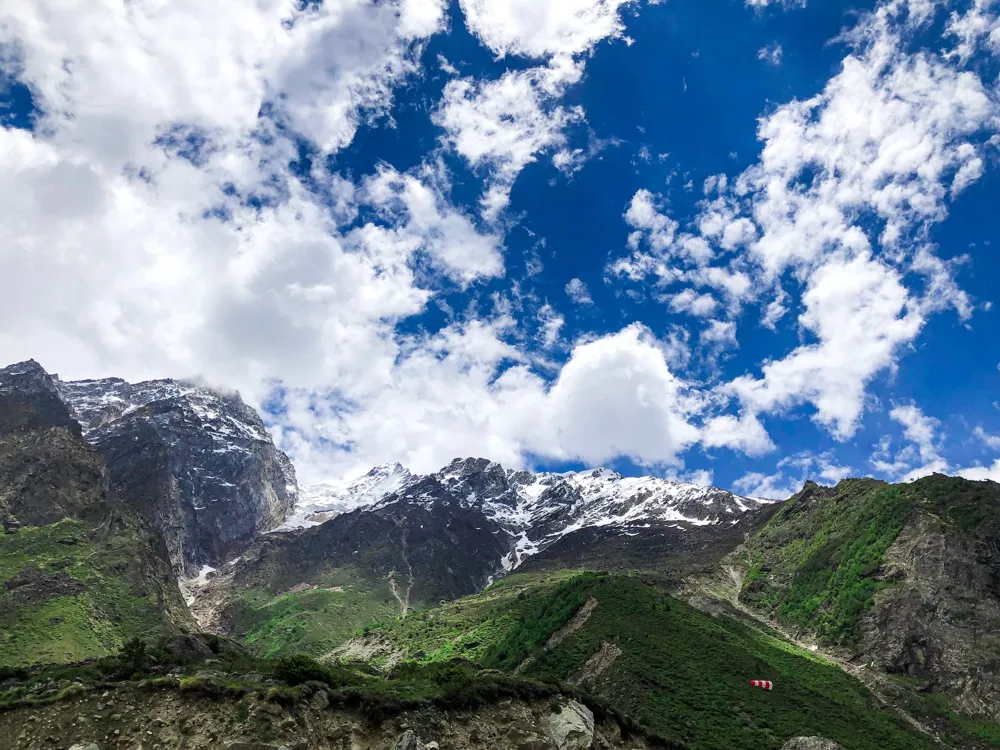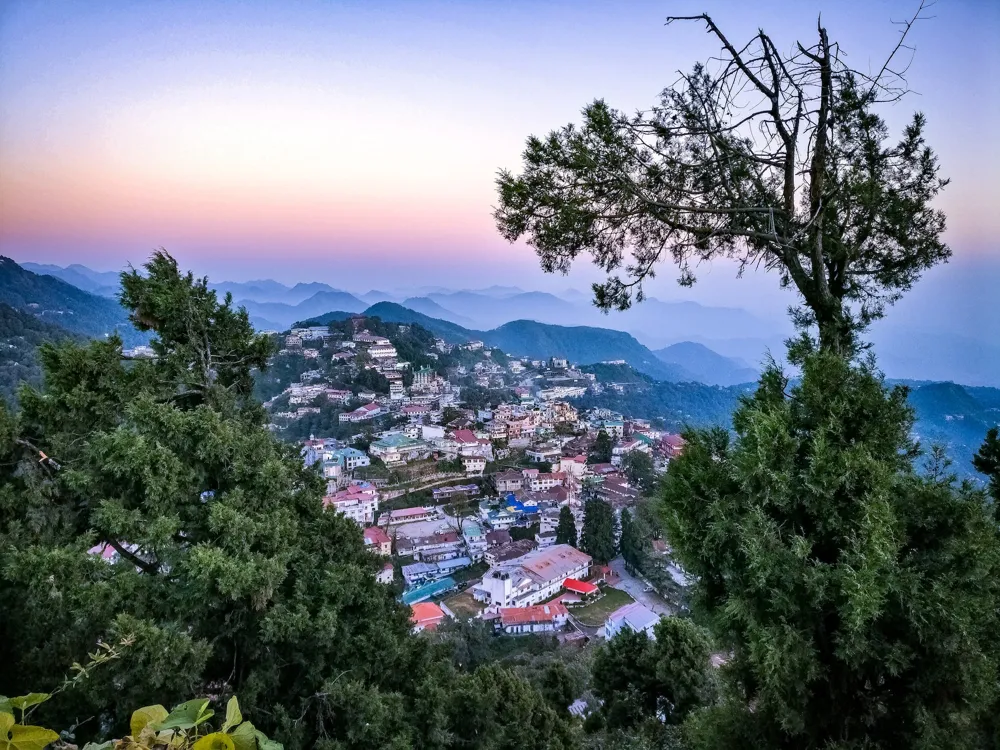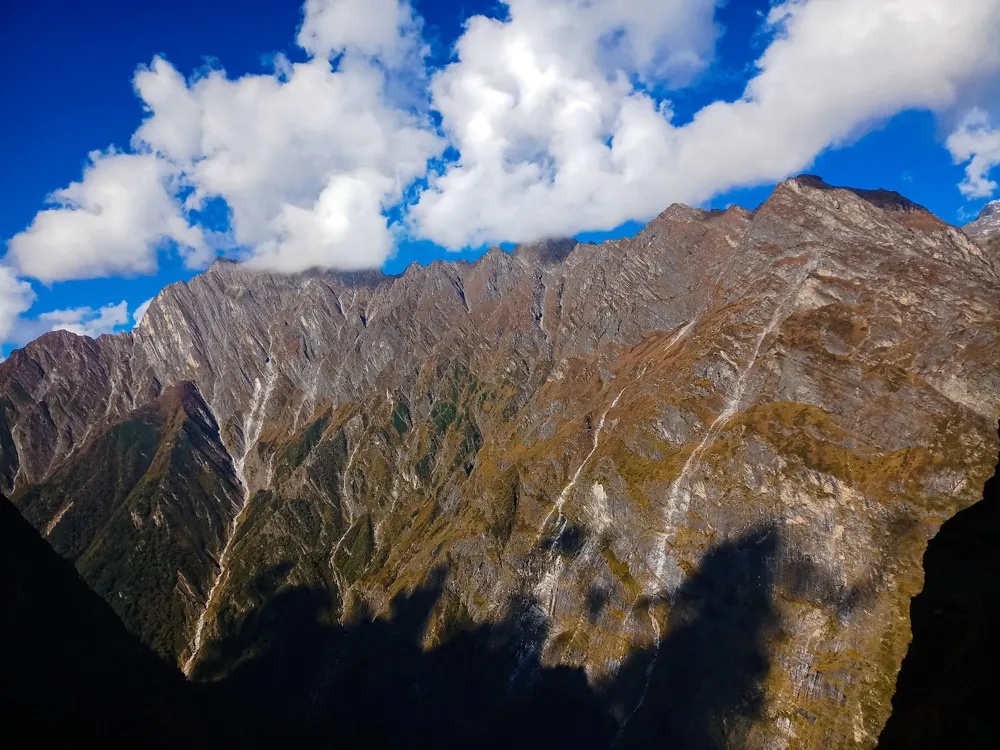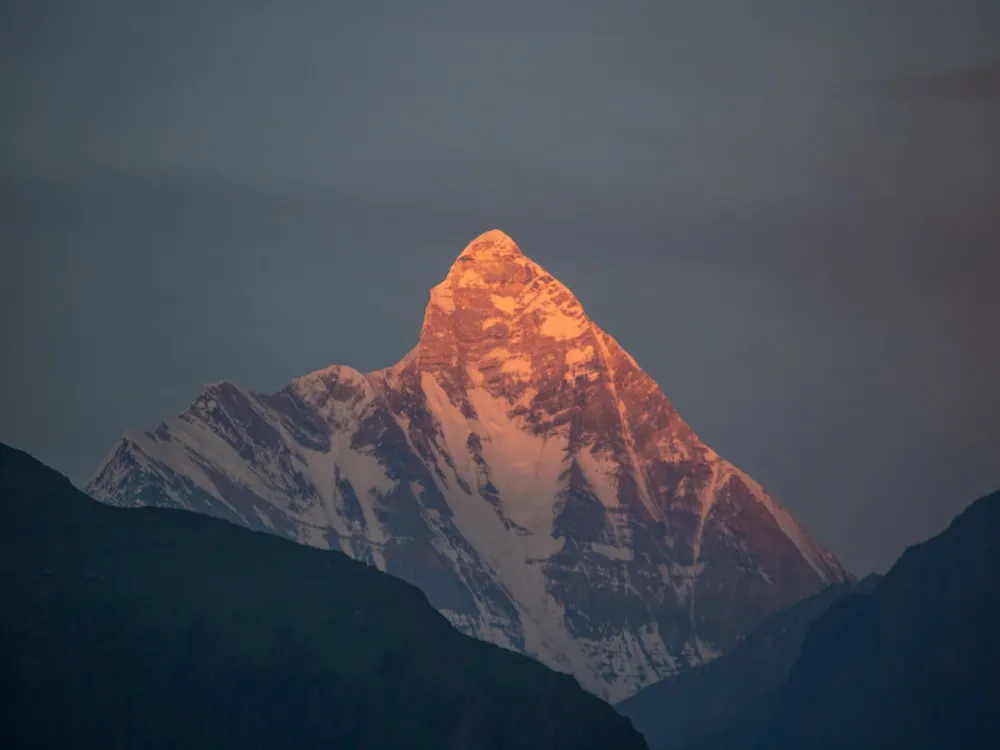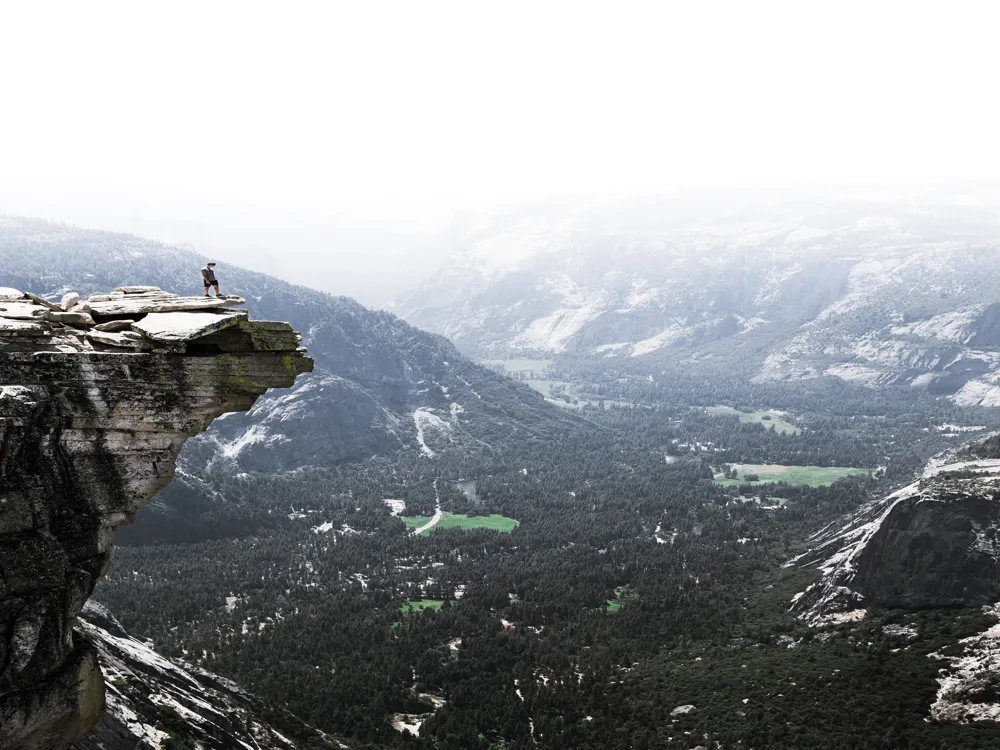The Kalpavriksha in Joshimath, Uttarakhand, stands as a magnificent testimony to India's rich natural and cultural heritage. This ancient tree, believed to be over 1200 years old, is not just a botanical wonder but also a sacred symbol in Hindu mythology. The Kalpavriksha is said to be a wish-fulfilling divine tree and holds immense spiritual significance. Joshimath, nestled in the Chamoli district, serves as a gateway to several Himalayan mountain climbing expeditions, trekking trails, and pilgrim centers. This revered tree is located in the heart of Joshimath and is a living witness to the town's vibrant history and spirituality. According to legend, the Kalpavriksha was once a home to Adi Shankaracharya, a great Indian philosopher and theologian, who meditated under its shade. This adds a layer of deep religious importance to the tree. The tree itself is a Himalayan Mulberry, botanically known as Morus alba. It stands tall and wide, its branches sprawling across the area, providing a tranquil and serene environment for visitors and pilgrims alike. The site of Kalpavriksha is not just a place of worship but also a symbol of the harmonious coexistence of nature and spirituality in Hindu culture. The architecture surrounding the Kalpavriksha in Joshimath is a remarkable blend of natural beauty and man-made structures. The tree is situated in a small temple-like structure that respects and enhances its natural grandeur. The design and construction of this structure are in harmony with the traditional architectural styles of Uttarakhand. The use of local stone and wood in construction is prominent, resonating with the vernacular architecture of the region. Adjacent to the Kalpavriksha, one can find an ancient temple dedicated to Lord Narasimha, an incarnation of Lord Vishnu. This temple showcases the typical Garhwali style of architecture with its stone carvings and wooden beams. The intricate carvings on the temple walls depict various deities and mythological stories, adding to the spiritual ambiance of the place. The overall architecture of the site is not just a visual delight but also serves as a window into the religious and cultural history of the area, making it a must-visit for those interested in architecture and history. The ideal time to visit the Kalpavriksha is between April and November. During these months, the weather is pleasant, and the natural beauty of the region is at its peak. Visitors are advised to dress modestly and conservatively, keeping in mind the religious sanctity of the site. It's also important to maintain a quiet and respectful demeanor throughout the visit. While photography might be allowed, it's crucial to respect the privacy of other pilgrims and avoid capturing their images without consent. Additionally, some areas may have restrictions on photography, so it's best to inquire beforehand. Engaging with local customs, like participating in the aarti or offering prayers, can enrich your experience. However, always show respect to the local traditions and follow the guidance of temple authorities. Joshimath is well-connected by road to major cities like Dehradun, Rishikesh, and Haridwar. The nearest airport is the Jolly Grant Airport in Dehradun, which is about 293 km away. The nearest railway station is in Haridwar, approximately 273 km from Joshimath. From these points, one can hire a taxi or take a bus to reach Joshimath. Upon reaching Joshimath, Kalpavriksha is easily accessible by foot as it is located in the town center. Read MoreOverview of Kalpavriksha in Joshimath, Uttarakhand
Architecture of Kalpavriksha
Tips When Visiting Kalpavriksha
Best Time to Visit
Dress Code and Conduct
Photography
Local Customs and Traditions
How To Reach Kalpavriksha
Kalpavriksha
Joshimath
Uttarakhand
NaN onwards
View joshimath Packages
Weather :
Tags : Landmark
Timings : Sunrise to Sunset
Time Required : 1-2 hrs
Entry Fee : Free
Planning a Trip? Ask Your Question
Joshimath Travel Packages
View All Packages For Joshimath
Top Hotel Collections for Joshimath

Private Pool

Luxury Hotels

5-Star Hotels

Pet Friendly
Top Hotels Near Joshimath
Other Top Ranking Places In Joshimath
View All Places To Visit In joshimath
View joshimath Packages
Weather :
Tags : Landmark
Timings : Sunrise to Sunset
Time Required : 1-2 hrs
Entry Fee : Free
Planning a Trip? Ask Your Question
Joshimath Travel Packages
View All Packages For Joshimath
Top Hotel Collections for Joshimath

Private Pool

Luxury Hotels

5-Star Hotels

Pet Friendly







